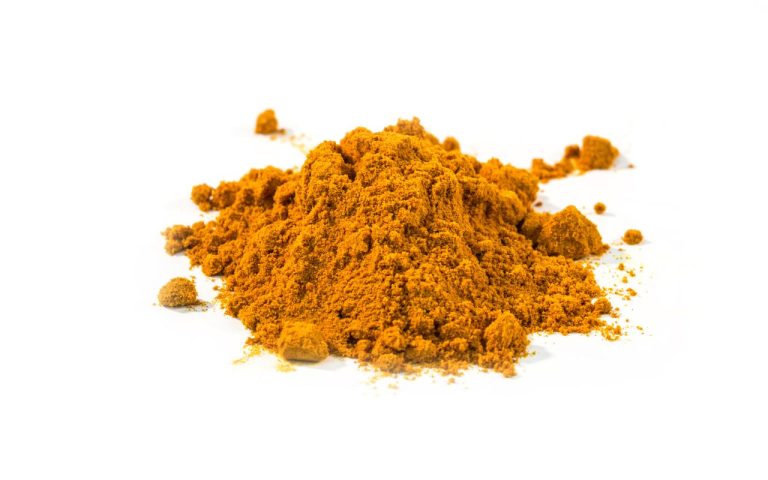“What a pain in the _ _ _ _ !
No, I'm not talking about a fellow co-worker. What I am speaking of is deep, aching pain in the buttocks sometimes radiating into the thigh, leg and lower back. These pains may be caused by aggravation of a small but significant muscle: the piriformis. Located deep within the gluteal (buttock) muscles this guy can reek havoc with the body, causing extreme discomfort, pain and inconvenience in general.
How can one muscle cause so much discomfort? The problem is its relation to the sciatic nerve (shown below in yellow, running just under the piriformis muscle), the largest nerve in the body. As the sciatic nerve runs from the lower back and down the body to supply all of the nervous functions to the leg, it just happens to pass underneath the piriformis muscle. Both the piriformis muscle and sciatic nerve pass together through a small hole, or foramen, of the pelvis.
If the piriformis muscle gets irritated due to excessive sitting, walking or squatting it will be come inflamed and compress the sciatic nerve against the bone. The result: radiating, excruciating pain. Because the gluteal muscles are tight and contracted, “trigger points” and spasms may also develop due to the lack of adequate blood and oxygen reaching the tissues. Now you have a true “pain in the butt!”
So, now what? There is hope and it doesn't have to involve surgery. Research has proven that a combination of stretching, massage therapy, proper posture and utilizing anti-inflammatories can produce a significant reduction or elimination of pain.
Seeing as how it can possibly be a purely muscular condition, stretching should be your first approach. Several stretches specifically designed to treat piriformis conditions are described in a companion article. They should be performed daily.
Massage Therapy can be very effective in re-nourishing the muscles with blood and oxygen, thus helping to eliminate the spasms and “trigger points” that may be present. On your own, you can do “self massage”, use a tennis ball or have a partner help you out, which can be fun.
You can also make an appointment with a Licensed Massage Therapist (LMT) who knows how to treat “all the right spots” in order to expedite the healing process.
As always, follow the recommendations of your physician. In closing, utilizing proper biomechanics, stretching, massage and anti-inflammatories can bring you back to your normal self in no time, though you may have to deal with the other “pains” at work with some other creative alternative!
Christine M. Booras, B.A., LMT, CPFT
Please see companion article on Piriformis Stretches




